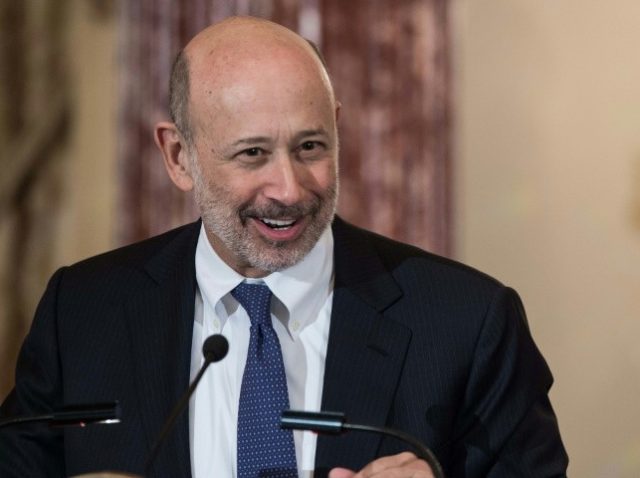Goldman Sachs first-quarter trading results fell far short of Wall Street’s expectations even as rivals reported a strong quarter.
Investors had expected a strong quarter for Goldman, regarded by many on the street as the most nimble trading shop. After rivals Citigroup and J.P. Morgan Chase reported huge year-over-year increases in trading revenue–boosted by strength in their fixed-income, currencies and commodities (FICC) trading units–expectations for Goldman rose even higher.
Instead of showing improvement, however, Goldman reported a 2.4 percent decline in trading revenue. Equities trading revenue fell 6 percent from a year earlier. FICC trading was flat compared with a year earlier.
“We didn’t navigate the market well,” said Goldman Sachs financial chief Martin Chavez.
Goldman’s failure to grow FICC revenue came as something of a shock to Wall Street. The first quarter of last year was regarded as a particularly tough one for the FICC trading business, with many firms reporting disappointing earnings. That made for what Wall Street calls an “easy comp”–a number that’s easily improved upon because the earlier figure was so low. What’s more, FICC is supposed to be Goldman’s strong suit.
Goldman said its trading results were hurt by markets that were too calm in the quarter, which limited the opportunities for its clients to invest aggressively. That’s a reflection of Goldman’s hedge-fund heavy client base. Banks like J.P. Morgan Chase and Citigroup have a bigger staple of corporate and asset manager clients.
Goldman’s disappointing earnings were so unexpected that some on Wall Street wondered–half in jest, at least–if this was some sort of ingenious plot on the firm. Maybe Goldman didn’t want to do too well for fear of creating the appearance of impropriety, given the prominent role Goldman alums like Treasury Secretary Steven Mnuchin and National Economic Council director Gary Cohn have in the White House. Like most conspiracy theories predicated on omniscience and omnipotence of Wall Street firms, however, this is bunk. Goldman stumbled because its client didn’t generate enough business to meet Wall Street’s expectations.
Adding insult to injury, Bank of America reported a 29 percent jump in fixed-income trading revenue, with overall trading revenue rising 23 percent.
Goldman’s profits for the quarter were $2.26 billion, or $5.15 a share. That’s an improvement over the prior year, when Goldman reported a paltry $2.68 per share profits. But it is far short of the $5.31 per share analysts had forecast.

COMMENTS
Please let us know if you're having issues with commenting.